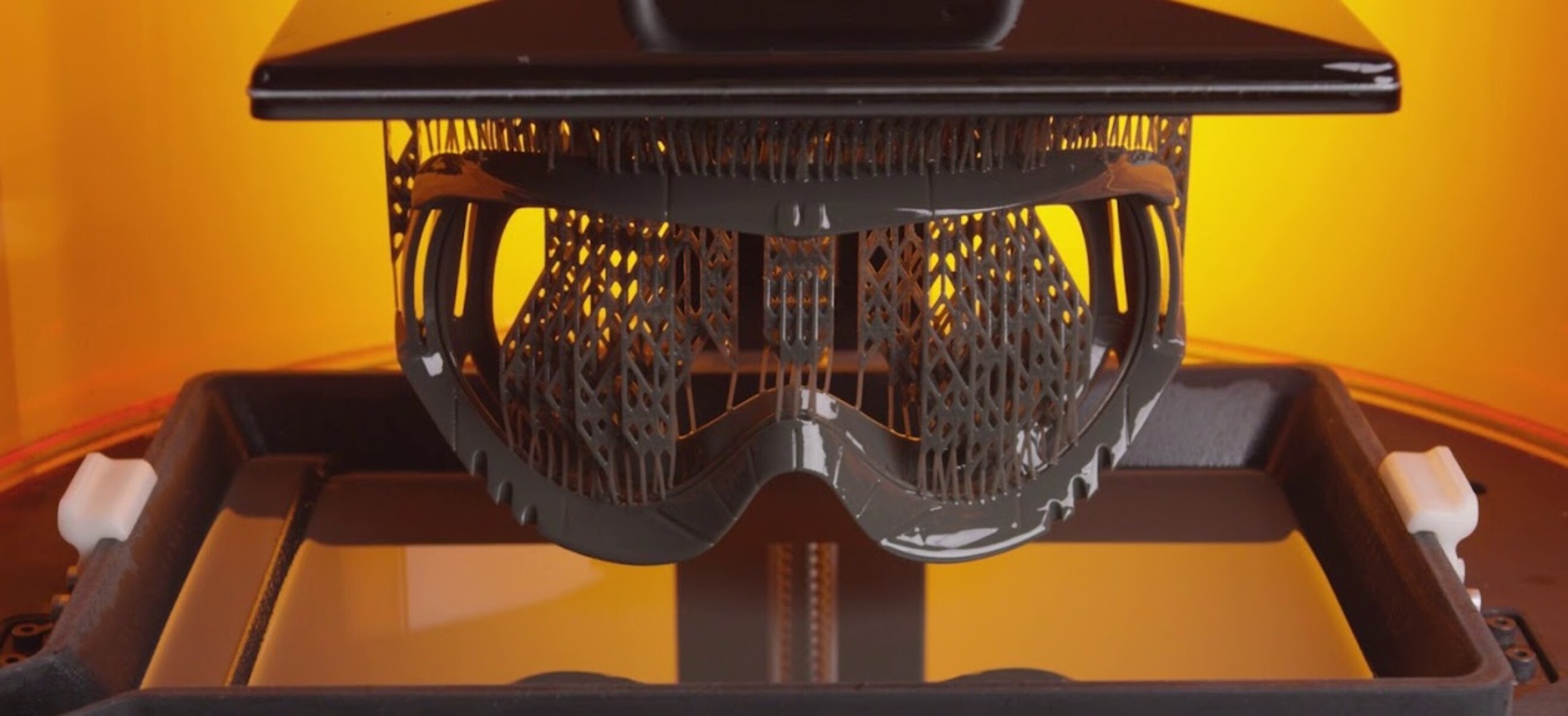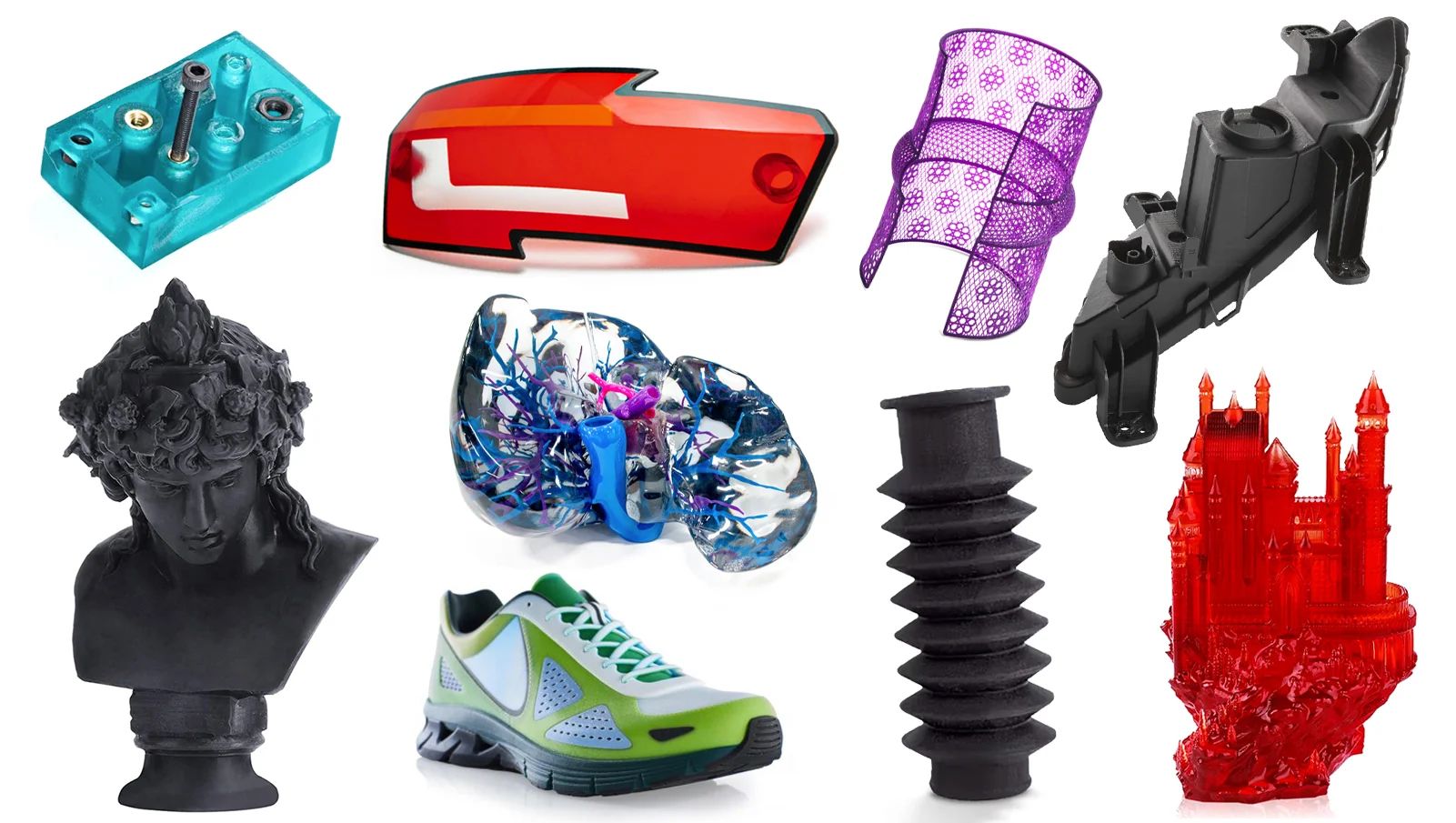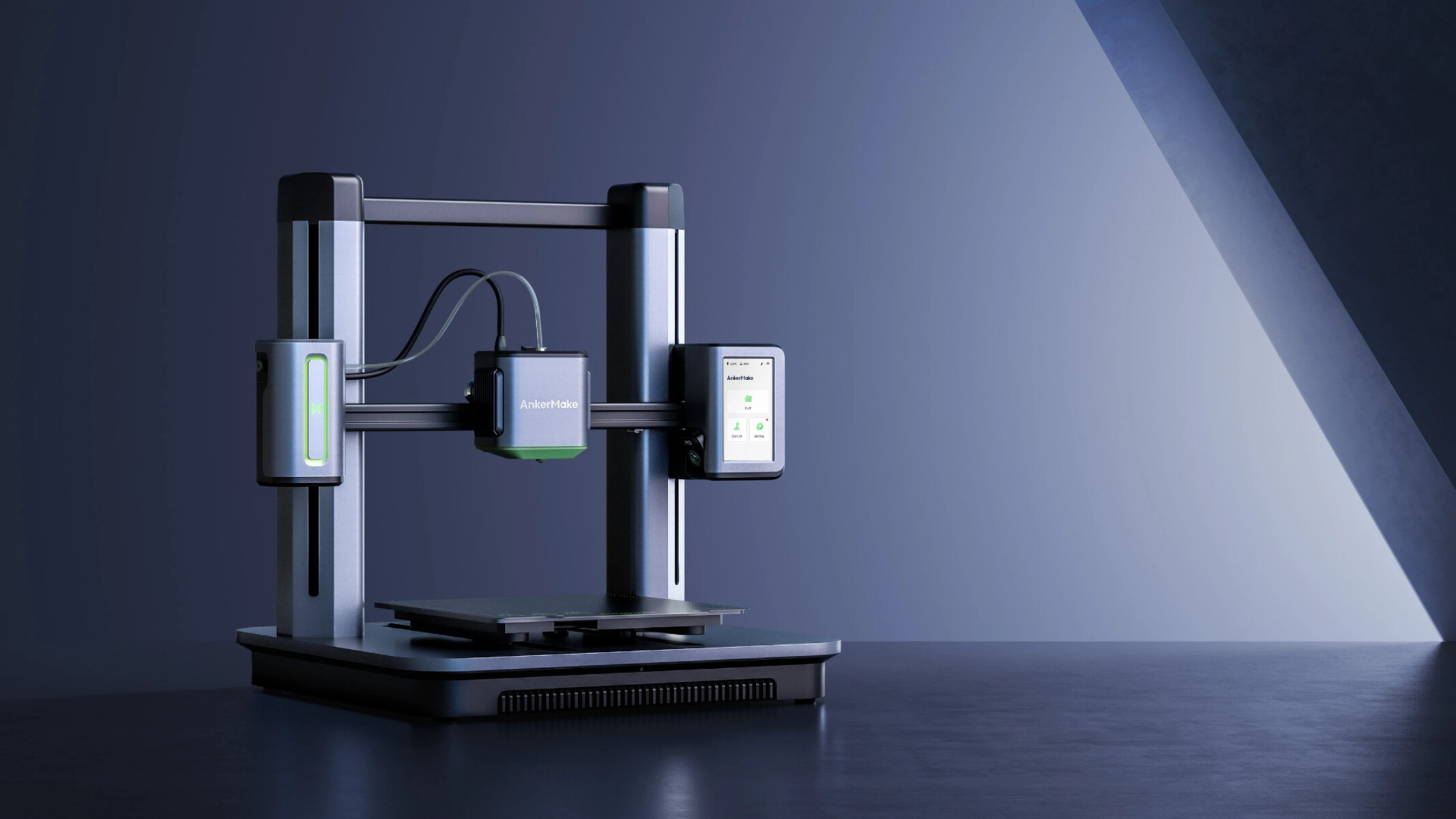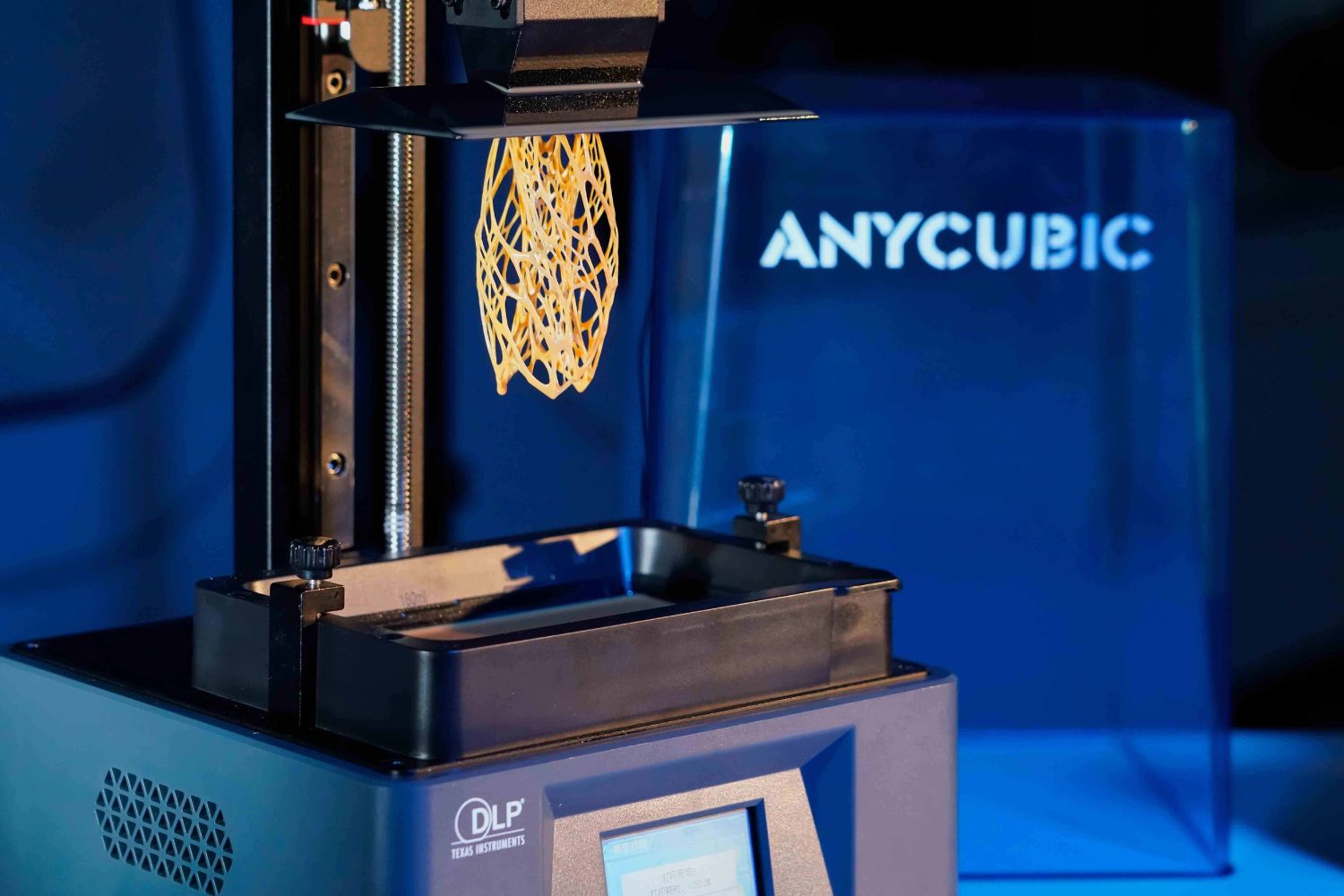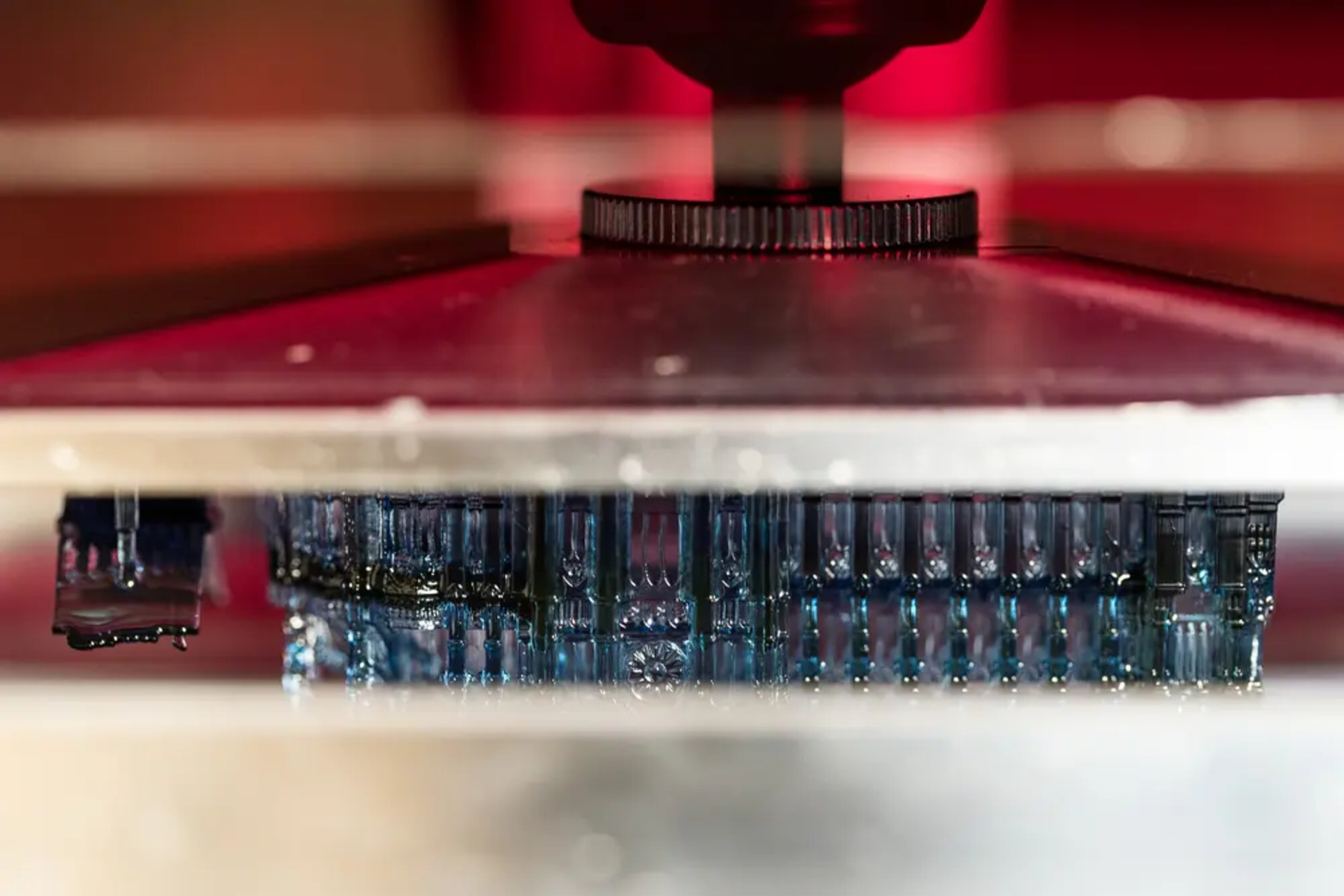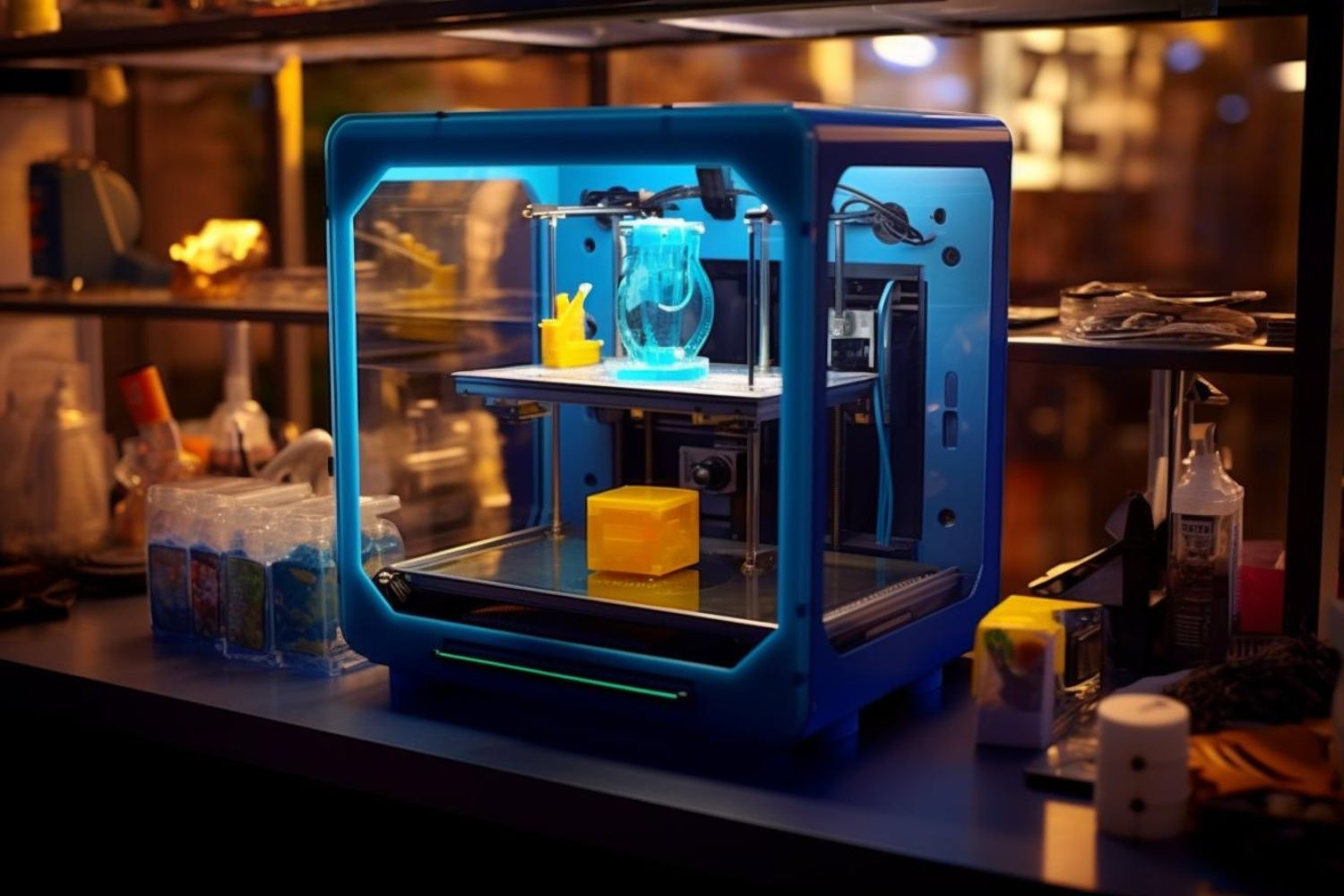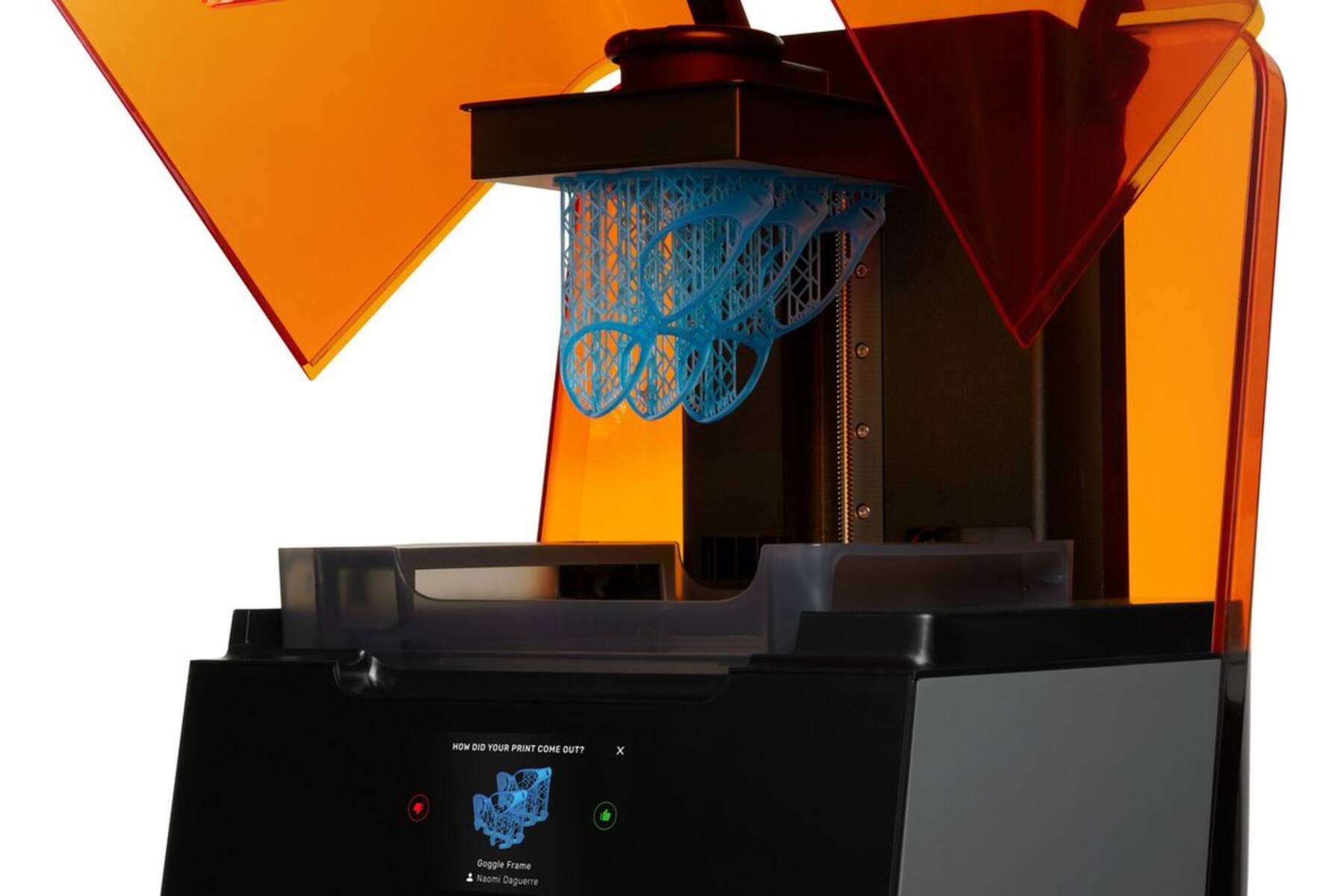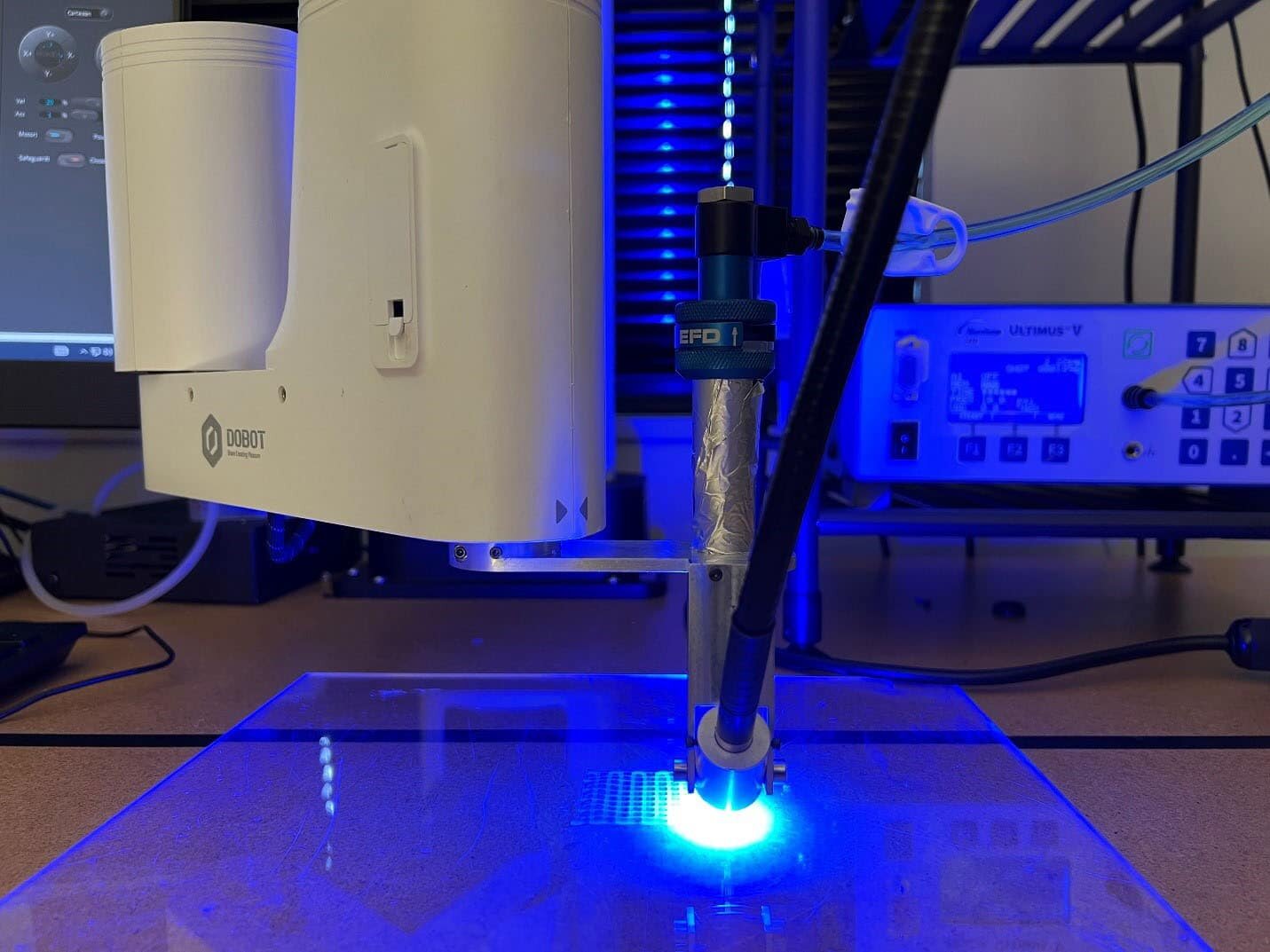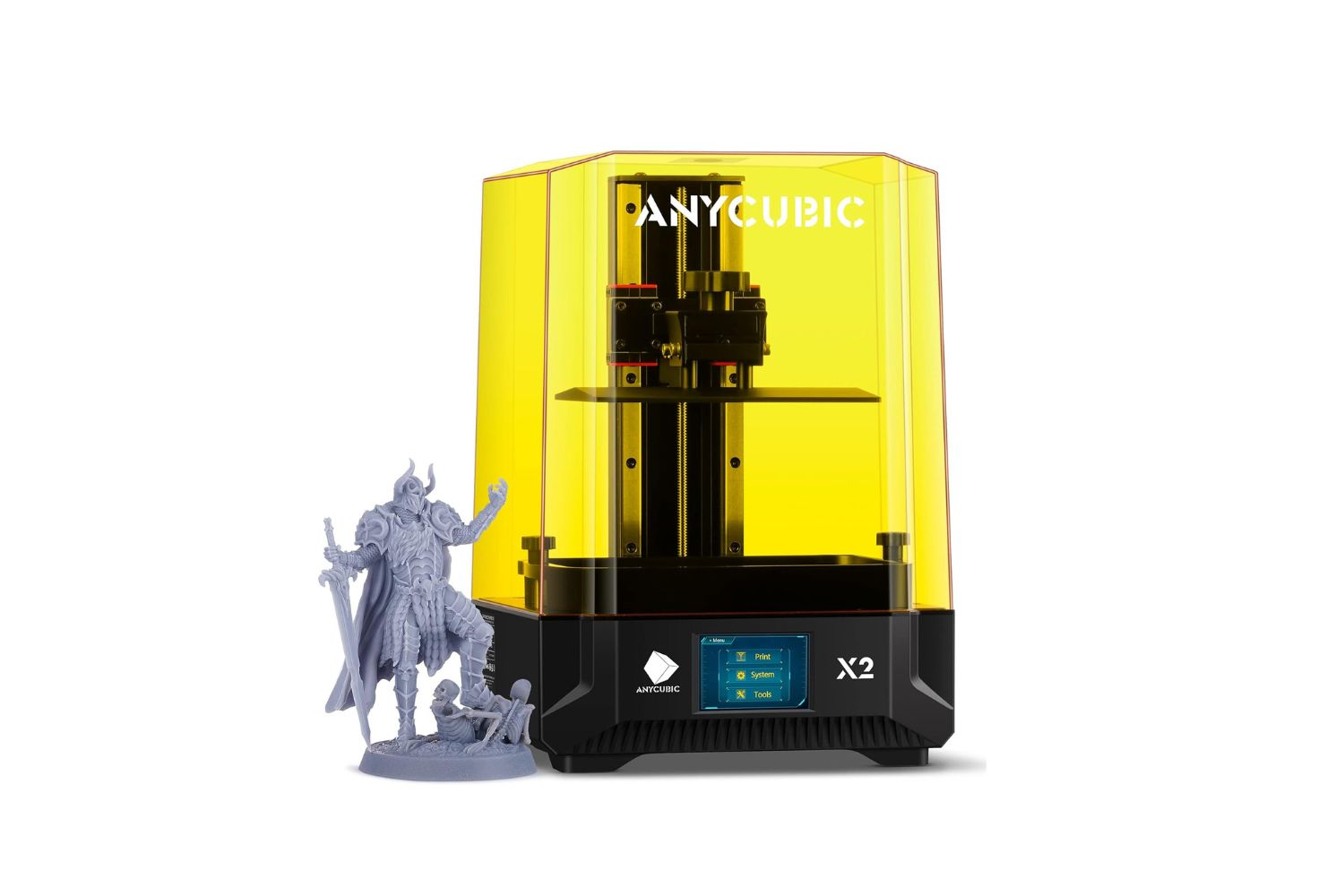Introduction
DLP, which stands for Digital Light Processing, is a 3D printing technology that has gained popularity in recent years. It offers a fast and efficient way to create intricate and highly detailed objects using a liquid resin material. Unlike traditional 3D printing methods that use filament or powder, DLP uses a process called photopolymerization, where a projector shines ultraviolet light onto a vat of liquid resin, solidifying it layer by layer to form the desired object.
DLP 3D printing has revolutionized various industries, including manufacturing, healthcare, and design. With its ability to produce complex geometries and smooth surface finishes, it has opened up new possibilities for creating prototypes, customized products, and even medical implants. In this article, we will explore how DLP 3D printing works, its benefits, applications, key differences from other 3D printing technologies, its limitations, and factors to consider when choosing a DLP 3D printer.
Whether you are already familiar with 3D printing or new to the technology, understanding the fundamentals and capabilities of DLP will provide valuable insights into this cutting-edge manufacturing process. So, let’s dive into the world of DLP 3D printing and discover the exciting possibilities it offers.
How Does DLP 3D Printing Work?
DLP 3D printing utilizes a process called photopolymerization to create objects layer by layer. The basic working principle involves the following steps:
- Preparation: The first step in DLP 3D printing is preparing the digital model of the object you want to print. The model is typically created using Computer-Aided Design (CAD) software or obtained from a 3D scanning device.
- Slicing: Once the digital model is ready, specialized software slices it into thin cross-sectional layers. These layers define the path that the printer will follow while creating the object.
- Resin Vat: The DLP 3D printer consists of a vat filled with liquid resin, which is sensitive to ultraviolet (UV) light. The resin is specially formulated to solidify when exposed to UV light.
- Projection and Solidification: A digital projector is positioned above the vat and projects an image of the first layer of the object onto the surface of the resin. The projected image consists of UV light patterns that expose the resin in specific areas, causing it to solidify.
- Layer by Layer Build: Once the first layer solidifies, the build platform moves slightly downwards, and a new layer of liquid resin covers the solidified layer. The process continues with the projector projecting the image of the next layer onto the resin surface, solidifying it, and repeating the steps until the complete object is built layer by layer.
- Curing and Post-Processing: After the object is fully printed, it is removed from the printer. The printed object may still retain some uncured resin, which needs to be cured further using UV light or a curing station. Once cured, the object undergoes post-processing, which may include removing support structures, sanding, polishing, or applying additional finishes if desired.
The key advantage of DLP 3D printing is the ability to create highly detailed and intricate objects due to the high resolution of the projected UV light patterns. This technology enables faster print times compared to other 3D printing methods, as the projector can solidify an entire layer at once rather than moving line by line.
Now that we understand the working principle of DLP 3D printing, let’s explore the various benefits this technology offers.
Benefits of DLP 3D Printing
DLP 3D printing brings several advantages over traditional 3D printing technologies. Here are some key benefits:
- High Precision and Detail: DLP technology excels in producing highly detailed and precise objects with smooth surfaces. The high resolution of the projected UV light patterns allows for intricate designs and complex geometries to be accurately captured in the printed objects.
- Fast Printing Speed: DLP 3D printing can produce objects at a much faster rate compared to other techniques. Since a whole layer of resin is exposed and solidified simultaneously, the printing process is significantly faster, reducing production time and increasing efficiency.
- Excellent Surface Finish: DLP-printed objects typically have a smooth surface finish straight out of the printer, requiring less post-processing compared to other 3D printing technologies. This makes DLP particularly suitable for applications where aesthetics and surface quality are important.
- Wide Material Selection: DLP 3D printers offer a broad range of compatible resins, allowing users to choose the material that best suits their requirements. From rigid and flexible resins to biocompatible and dental-grade materials, DLP technology offers versatility in material selection.
- Low Material Waste: Unlike filament-based 3D printing, where excess material is often wasted, DLP 3D printing utilizes only the necessary amount of liquid resin for each print. This reduces material waste and lowers production costs.
- Support Structure Efficiency: DLP printers can generate support structures more efficiently compared to other techniques. These structures provide stability during the printing process and can be easily removed after printing, minimizing the need for post-processing.
- Ease of Use: DLP 3D printers are known for their user-friendly interfaces and intuitive software, making them easier to operate and navigate. This makes DLP technology accessible to both beginners and professionals alike.
With these benefits, DLP 3D printing has gained popularity in various industries and is being widely used for prototyping, manufacturing customized products, creating dental and medical models, and even in artistic applications.
Next, let’s explore some of the applications where DLP 3D printing shines.
Applications of DLP 3D Printing
DLP 3D printing has found diverse applications across various industries due to its ability to produce high-quality, detailed, and complex objects. Here are some key applications of DLP 3D printing:
- Prototyping: DLP technology is widely used for rapid prototyping, allowing product designers and engineers to quickly iterate and test their designs before moving to mass production. The high resolution and accuracy of DLP printers enable the creation of precise prototypes that closely resemble the final product.
- Jewelry and Fashion: DLP 3D printing has gained popularity in the jewelry and fashion industry. Jewelers and designers can create intricate and customized pieces with ease, incorporating unique details and patterns. The ability to print directly in various metals or castable resins enhances the possibilities for creating one-of-a-kind jewelry items.
- Dental and Medical Applications: DLP 3D printing is widely implemented in the dental and medical fields. Dental labs use DLP technology to produce highly accurate dental models, aligners, surgical guides, and custom dental prosthetics. In the medical industry, DLP 3D printing is utilized for creating patient-specific anatomical models, surgical guides, and implants.
- Architecture and Design: Architects and designers leverage DLP 3D printing to create highly detailed architectural models with intricate details. This technology allows them to visualize designs more effectively and make modifications easily. DLP printing also enables the production of intricate interior design objects or decor pieces.
- Education and Research: DLP 3D printing has become an invaluable tool in education and research institutions. It allows students and researchers to explore complex concepts, create visual aids, and fabricate functional models for further study. DLP printers are used in fields such as physics, chemistry, biology, and engineering.
These are just a few examples of the broad range of applications that DLP 3D printing offers. The versatility and high precision of DLP technology make it a valuable tool across various industries and creative endeavors.
Next, let’s delve into the key differences between DLP and other 3D printing technologies.
Key Differences Between DLP and Other 3D Printing Technologies
While there are various 3D printing technologies available, DLP stands out with its unique characteristics. Here are some key differences between DLP and other 3D printing technologies:
- Printing Method: DLP 3D printing utilizes photopolymerization, where a projector projects UV light patterns onto liquid resin to solidify it layer by layer. On the other hand, FDM (Fused Deposition Modeling) prints objects by extruding a filament layer by layer, while SLA (Stereolithography) uses laser-based photopolymerization to create objects within a vat of liquid resin.
- Print Speed: DLP 3D printing is generally faster compared to FDM and SLA. Since DLP can solidify an entire layer at once, the printing speed is determined by the layer height, resulting in faster production times.
- Resolution: DLP offers high-resolution printing, resulting in fine details and smooth surfaces. FDM and SLA have lower resolution and can’t achieve the same level of detail as DLP. However, SLA can achieve higher resolution than FDM.
- Post-Processing: DLP-printed objects typically require less post-processing compared to FDM and SLA. FDM prints may require support structures that need to be manually removed, while SLA prints require additional curing and cleaning steps. DLP prints generally have smoother surfaces right out of the printer.
- Material Selection: DLP offers a wide range of compatible resins, including rigid, flexible, and biocompatible options. FDM utilizes a variety of thermoplastics, while SLA has its own selection of liquid resins. Each technology has its own material limitations and strengths.
- Build Size: DLP printers typically have a smaller build size compared to FDM printers. FDM allows for larger prints due to its extrusion-based process, while SLA and DLP printers have more compact build platforms.
- Cost: DLP printers tend to be more expensive upfront compared to entry-level FDM printers. However, the costs can vary depending on the specific model and features. Material costs may also differ, with resin materials typically being more expensive than filament used in FDM.
Understanding these differences helps in selecting the appropriate 3D printing technology based on specific requirements, such as print speed, resolution, material compatibility, and budget considerations.
Next, let’s turn our attention to the limitations of DLP 3D printing.
Limitations of DLP 3D Printing
While DLP 3D printing offers numerous advantages, it does have some limitations that should be taken into consideration. Here are a few key limitations of DLP 3D printing:
- Limited Build Volume: DLP printers typically have a smaller build volume compared to other 3D printing technologies. This restricts the size of objects that can be printed in a single job. Larger objects may need to be divided into multiple parts and assembled later.
- Resolution vs. Speed Trade-Off: A higher resolution setting in DLP 3D printing can result in longer print times. Conversely, choosing faster print speeds may sacrifice some level of detail or surface quality. Finding the right balance between speed and resolution is a crucial consideration.
- Resin Compatibility: Depending on the printer model, the type of resin used may be limited. Some DLP printers are designed to work with specific proprietary resins, limiting material choices. Compatibility and availability of resins should be considered when selecting a DLP printer.
- Post-Processing Requirements: While DLP-printed objects generally require less post-processing compared to other technologies, they may still need additional curing and cleaning steps. The need for post-curing UV exposure or chemical treatment can add time and effort to the production process.
- Resin Handling and Safety: Working with liquid resin requires careful handling and appropriate safety measures. Resins may have specific storage, disposal, and safety precautions that need to be followed. It’s essential to be aware of these considerations to ensure a safe working environment.
- Cost of Resin Materials: Resin materials used in DLP 3D printing are generally more expensive compared to filaments used in FDM printers. The cost of materials can significantly impact the overall production costs, particularly for large-scale or frequent printing projects.
- Limited Material Compatibility: While DLP technology offers a variety of resin materials, it may not be suitable for all applications. Certain specialized materials or properties, such as high-temperature resistance or specific mechanical properties, may not be readily available in resin form for DLP printing.
Despite these limitations, DLP 3D printing continues to be a valuable technology in various industries. Understanding these constraints enables users to make informed decisions when considering DLP as their 3D printing solution.
Next, let’s discuss the factors to consider when choosing a DLP 3D printer.
Factors to Consider When Choosing a DLP 3D Printer
Choosing the right DLP 3D printer is essential to ensure successful and efficient printing. Here are some factors to consider when selecting a DLP 3D printer:
- Print Resolution: The print resolution determines the level of detail and quality that the printer can achieve. Consider the desired level of precision and choose a printer with the appropriate resolution for your application needs.
- Build Volume: Assess the size of the objects you plan to print and ensure that the DLP printer’s build volume is sufficient to accommodate your requirements. Keep in mind that larger build volumes usually come at a higher cost.
- Print Speed: Consider the required production speed for your projects. Faster print speeds can save time, but it may impact the level of detail in the prints. Find a balance between speed and quality that suits your needs.
- Material Compatibility: Verify the compatibility of the printer with the type of resin materials you intend to use. Some printers are designed to work with specific resins, while others offer broader material options. Ensure that the printer supports the materials needed for your applications.
- Software and Ease of Use: Evaluate the user interface and software provided by the printer manufacturer. User-friendly software and intuitive control systems contribute to a smoother printing experience, especially for beginners or those without extensive technical expertise.
- Support and Documentation: Look for a DLP printer with reliable customer support and comprehensive documentation. A responsive support team and readily available resources can be invaluable for troubleshooting issues or seeking guidance for optimal print settings.
- Price and Cost of Ownership: Consider both the upfront cost of the printer and the ongoing expenses, such as resin costs and maintenance. Determine your budget and evaluate the total cost of ownership to ensure that it aligns with your financial requirements.
- Reviews and Recommendations: Read reviews and seek recommendations from other users or industry experts. Assessing the experiences and opinions of others can provide valuable insights into the reliability, performance, and overall quality of the DLP printer.
By considering these factors, you can narrow down your options and choose a DLP 3D printer that best suits your specific needs and budgetary constraints.
Now that we have explored these factors, it’s important to note that DLP 3D printing offers tremendous opportunities and continues to evolve in terms of technology and capabilities.
Conclusion
DLP 3D printing has emerged as a powerful technology, revolutionizing the manufacturing landscape with its ability to create intricate, detailed, and high-quality objects. By utilizing photopolymerization and projecting UV light patterns onto liquid resin, DLP printers offer fast print speeds, excellent surface finishes, and wide material compatibility.
The benefits of DLP 3D printing are vast, including high precision, fast printing speed, excellent surface finish, wide material selection, low material waste, efficient support structure generation, and ease of use. These advantages have driven the adoption of DLP technology in various industries, such as manufacturing, healthcare, jewelry, architecture, education, and research.
However, it’s important to consider the limitations of DLP 3D printing, such as limited build volume, trade-offs between speed and resolution, specific resin compatibility, post-processing requirements, resin handling safety, material costs, and limited material compatibility for specialized applications.
When choosing a DLP 3D printer, factors such as print resolution, build volume, print speed, material compatibility, software usability, support and documentation, price, and reviews should be carefully evaluated to ensure a suitable match for your specific needs.
In conclusion, DLP 3D printing has proven to be a versatile and valuable technology, offering exceptional capabilities for creating complex and highly detailed objects. As technology continues to evolve, we can expect further advancements and the exploration of new possibilities with DLP 3D printing.







